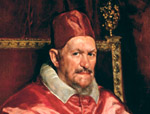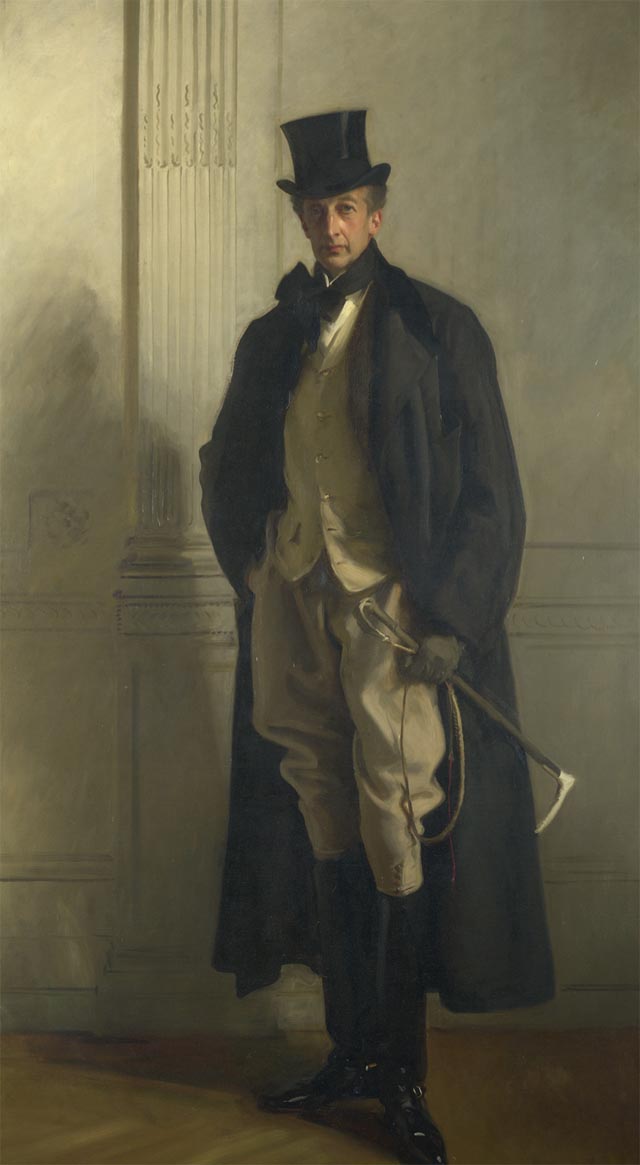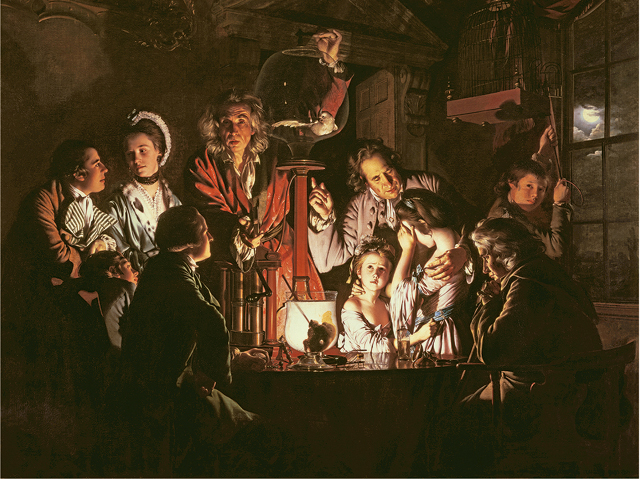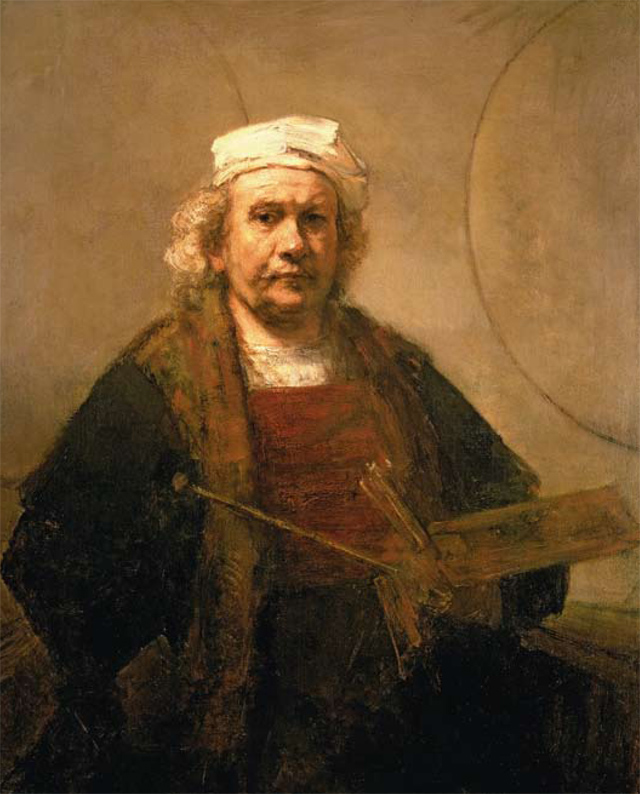My Favourite Painting: Alice Strang
Alice Strang of the National Galleries of Scotland chooses a 1920s work by Agnes Miller Parker.


Alice Strang on The Horse Fair by Agnes Miller Parker
"The discovery of The Horse Fair, when searching for works for the 2015 ‘Modern Scottish Women: Painters and Sculptors’ exhibition, was thrilling. A chance follow-up to a letter in an ancient file led to the arrival of the painting at the gallery. It proved that Agnes Miller Parker was one of the very few Scottish artists engaged with Modernism in London between the wars. It was a great hit with visitors and has remained on loan ever since. Whenever I pass it, it inspires me to try to be as innovative as Miller Parker was when she created it in 1928."
Alice Strang is senior curator of Modern and Contemporary Art at the National Galleries of Scotland and a Saltire Society Outstanding Woman of Scotland.
John McEwen on Agnes Miller Parker and the painting
Agnes Miller Parker was born at Irvine in Ayrshire and attended Glasgow School of Art (1911–17). A fellow student was William McCance, who was imprisoned from 1915–19 for refusing conscription. They married in 1918 and, on his release, moved to London, where he painted, taught and was art critic for The Spectator (1923–26).
Both had embraced the mechanical vision inspired by pre-First World War Italian Futurism and its London off-shoot, Vorticism. Miller Parker’s crowd scene shows humans as tubular shaped with hands like implements, but it is indebted to the crowd scenes of William Roberts, who had been a signatory of the Vorticist Manifesto before his humorous temperament subsequently prevailed.
Scrutiny reveals her picture to be about more than trading horses. The diagonal composition descends from distant bare-backed riders (top left) to two foreground men and their dogs (bottom right). The fair extends over three hills above a village (centre top). To the right of the glimpsed village are a beer tent, duck and chicken pens and ambling calves. Below them is a silver band and a cluster of people around some ewes and rams, among them a formidable woman in a summer hat.
The most energetic group is the cart horses led by tugging handlers. That they contradict the scale of the adjacent groups emphasises their dynamism, as does the robotic exagger-ation of their actions.
During the 1930s, McCance was controller of the private Gregynog Press, which was renowned for its limited editions. Miller Parker’s posthumous reputation rests on her wood engravings, established through illustrating for Gregynog. The couple divorced in 1955 and she ended her days at Lamlash on Arran.

Stephen Fry’s favourite painting
Stephen Fry shares why he loves this famous Velázquez painting of Pope Innocent X
Exquisite houses, the beauty of Nature, and how to get the most from your life, straight to your inbox.

My favourite painting: David Starkey
David Starkey shares the one painting he would own, if he could

My favourite painting: Nicola Shulman
Nicola Shulman chooses her favourite painting for Country Life.

My Favourite Painting: Lucinda Bredin
Lucinda Bredin chooses her favourite painting for Country Life.
Country Life is unlike any other magazine: the only glossy weekly on the newsstand and the only magazine that has been guest-edited by His Majesty The King not once, but twice. It is a celebration of modern rural life and all its diverse joys and pleasures — that was first published in Queen Victoria's Diamond Jubilee year. Our eclectic mixture of witty and informative content — from the most up-to-date property news and commentary and a coveted glimpse inside some of the UK's best houses and gardens, to gardening, the arts and interior design, written by experts in their field — still cannot be found in print or online, anywhere else.
